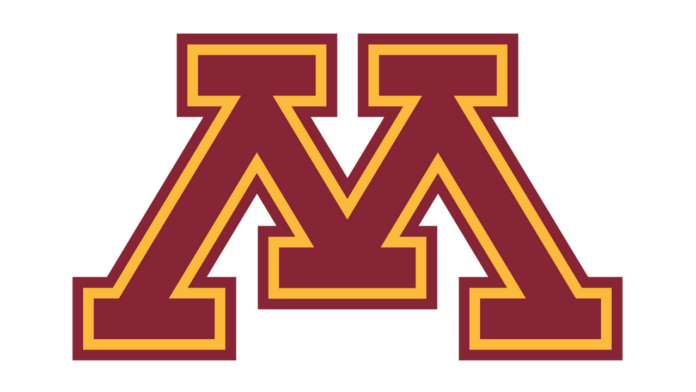MINNEAPOLIS – Mumps has hit six students at the University of Minnesota according to a campus wide email sent out Friday.
This comes at the same time as an outbreak of measles hit Minneapolis’ Somali community, which was linked to the absence of vaccination for the disease amongst Somali children. Both measles and mumps have been considered largely eradicated within the United States, and both are vaccinated against by using the Measles, Mumps, and Rubella (MMR) vaccine.
Dr. Gary Christenson, Chief Medical Officer at Boynton Health clinic, the primary health clinic at UMN, told Alpha News there was likely no connection between the outbreaks.
“The demographics between the two cases simply don’t line up,” Christenson said, “For one, the victims of the measles outbreak in the Somali community are all young children who have not been vaccinated; while five of the six people at the University of Minnesota Twin Cities have been confirmed vaccinated, and all are experiencing much milder symptoms of the virus, indicating that all of them are probably vaccinated.”
Furthermore, UMN has a vaccination requirement for students which includes both doses of the MMR vaccine.
Minnesota Department of Health Infectious Disease Division Director Kris Ehresmann explained the way in which the vaccine works, and how the mumps virus could occur in a largely immunized population.
“The vaccine is about 88 percent effective for persons who have had two doses,” Ehresmann said. “So there are bound to be ‘break-through’ cases in vaccinated persons. And there may be some waning of vaccine-induced immunity for some individuals at the University.”
This means that while the vaccine works most of the time, vaccinated people can potentially still contract the mumps virus. The outbreak on campus is by no means normal however.
“I’ve been at Boynton Health for 20 years and we have not had this situation before,” Christenson told CBS News.
Outbreaks of mumps happen most frequently at college campuses when they do occur. Recently, outbreaks have occurred at University of Albany, Tufts University, and the University of Iowa.
Looking more closely at these outbreaks around the country, the Texas Department of Health Services released a statement on April 12, which connected 13 cases of mumps around the country to people who visited the resort town of South Padre Island between March 8 and March 22.
Spring break at the University of Minnesota goes from March 8 to March 17, and the first case of mumps broke out around late March to early April according to Christenson. That being said, Christenson believes that more research would have to been done in order to make a definitive connection between spring break trips and the mumps cases at UMN.
Transmission of mumps occurs mostly through coughing and sneezing, or the sharing of items such as cups or eating utensils. Symptoms include; fever, headache, tiredness, and swollen and tender salivary glands. Students and faculty have been cautioned if they do come down with such symptoms to “please stay home, isolate yourself from others, and make an appointment at Boynton Health or another clinic for an exam and testing. Staff and faculty with symptoms should contact their primary clinic.”


















